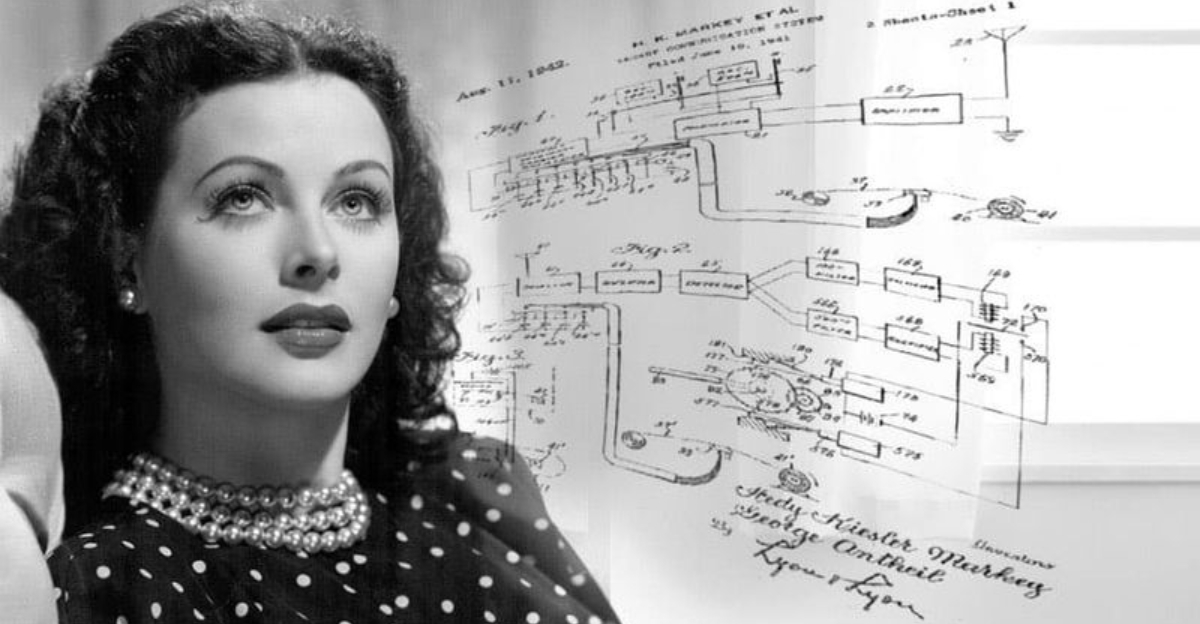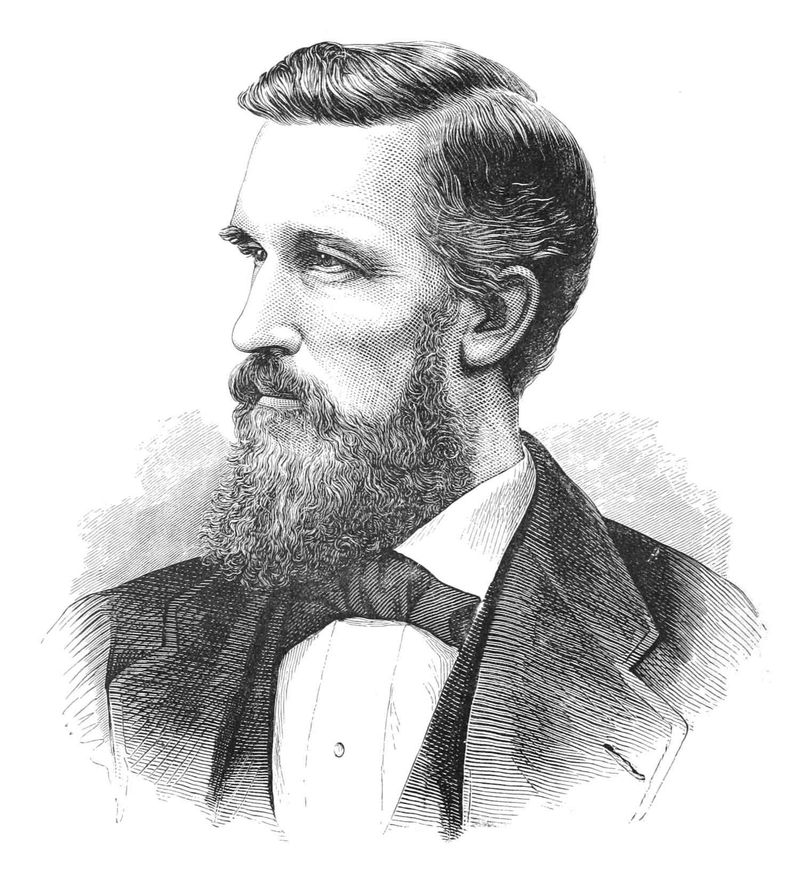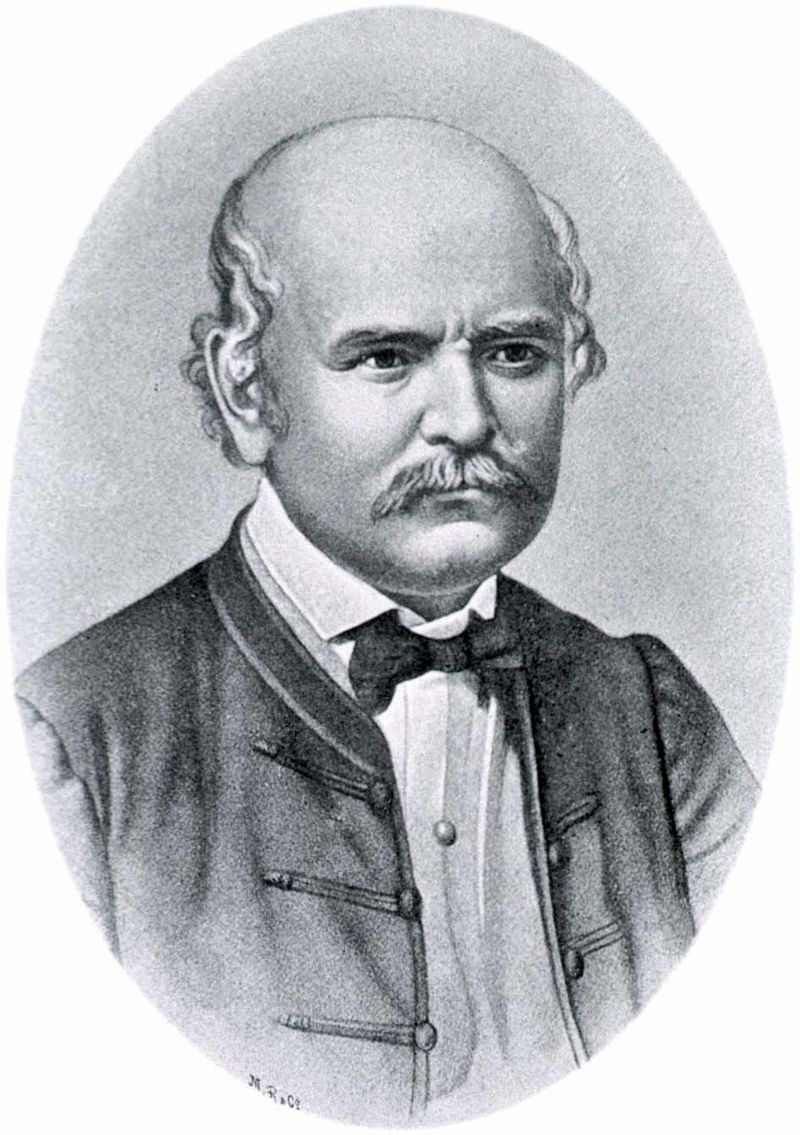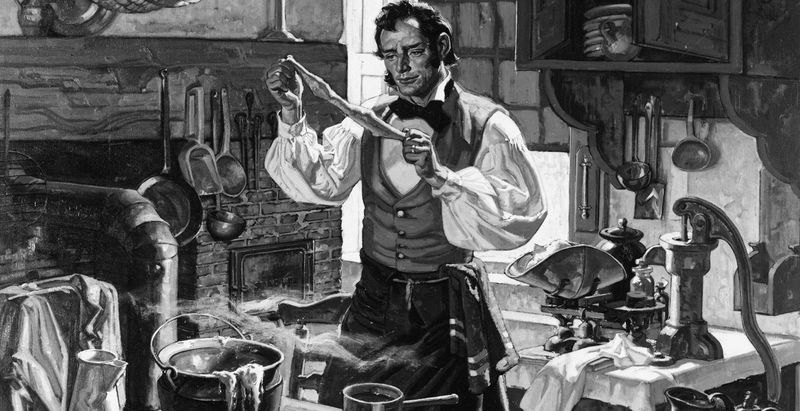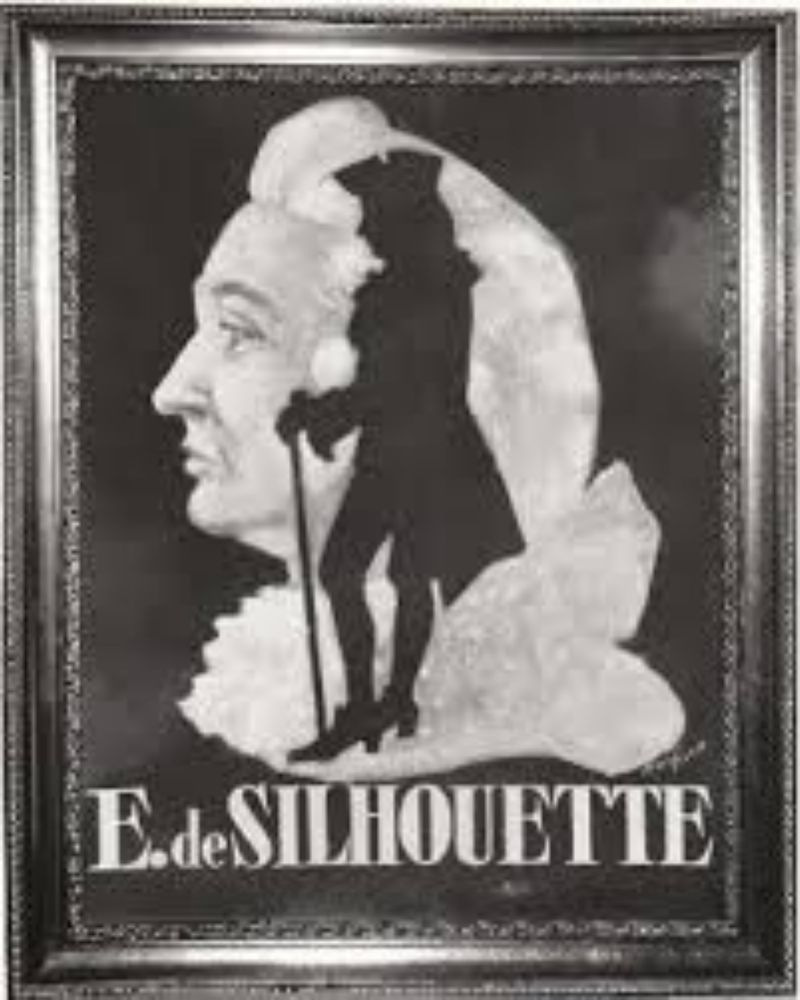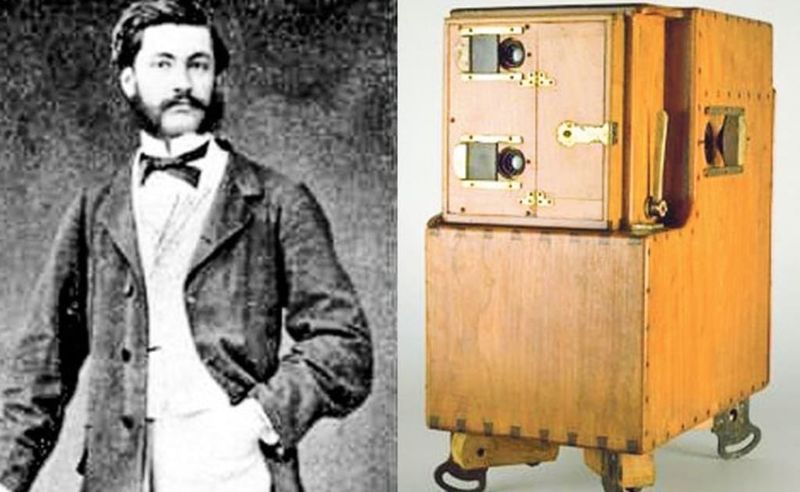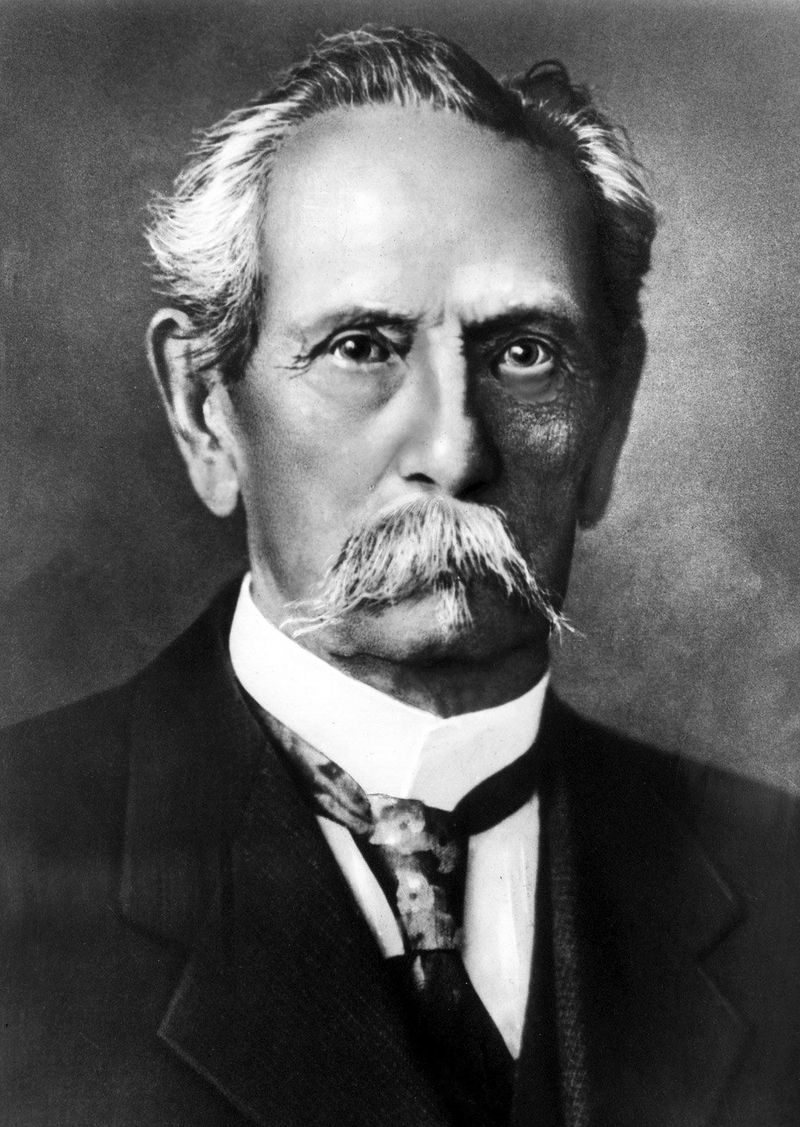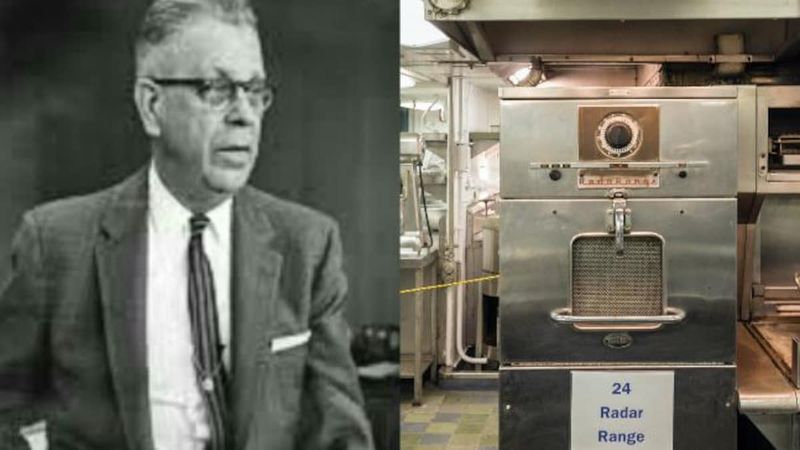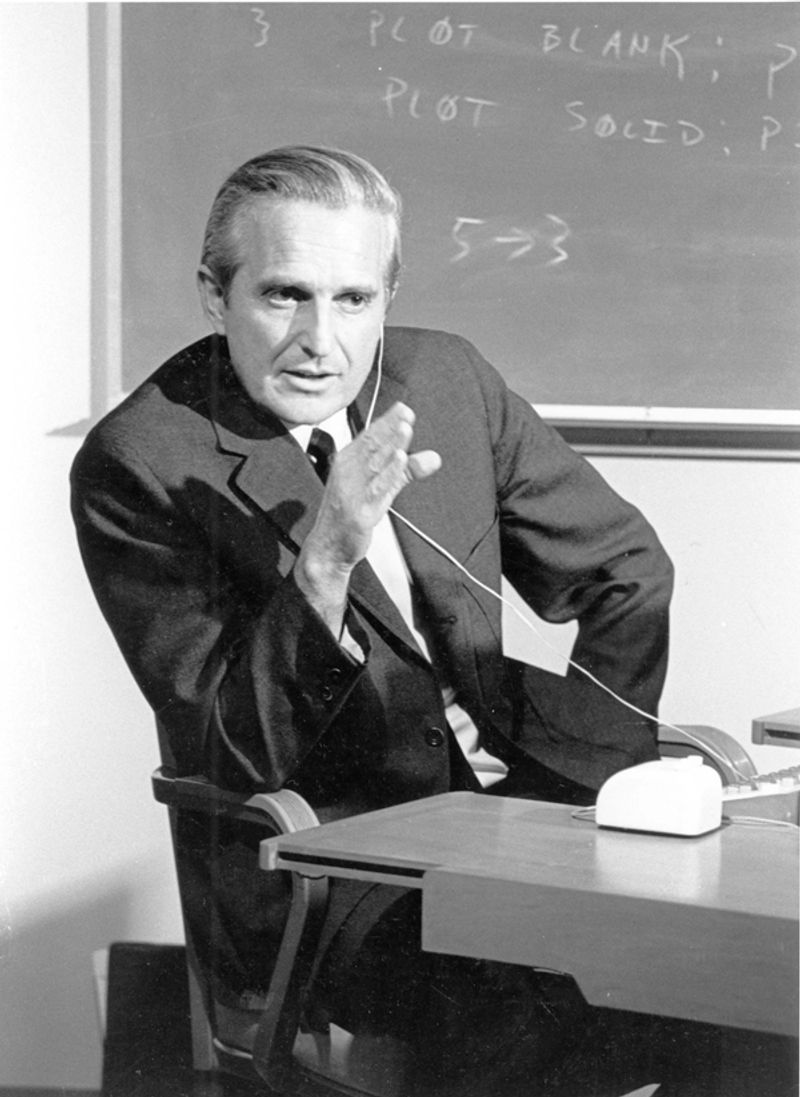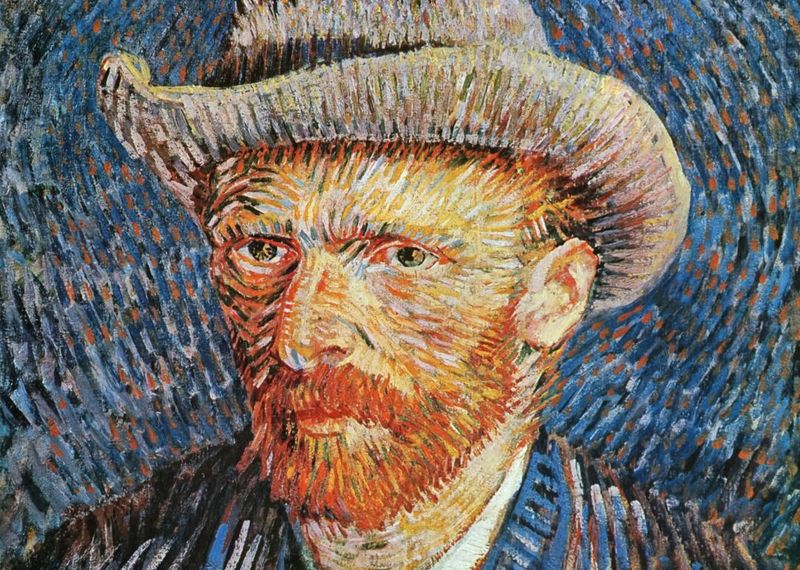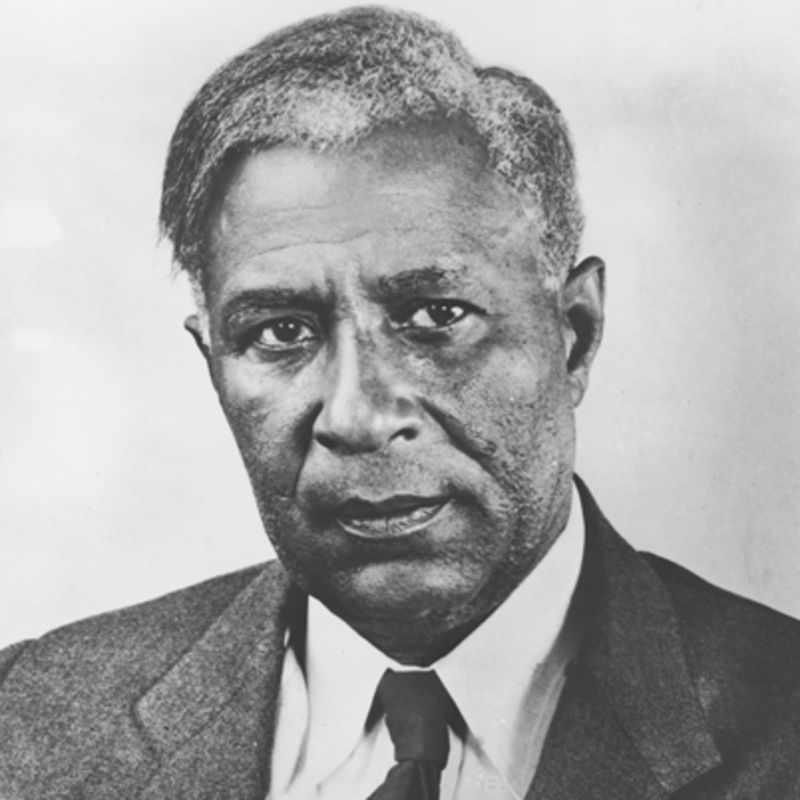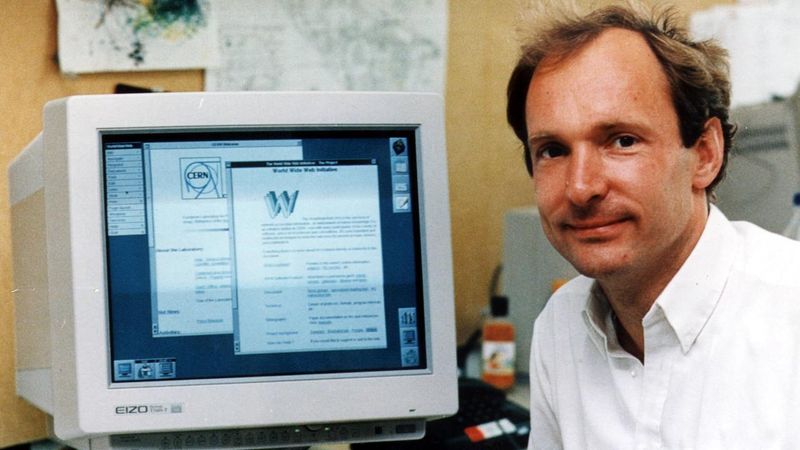Behind many world-changing inventions hide tragic stories of creators who never reaped the rewards of their genius. History often celebrates the famous faces who commercialized ideas while forgetting those who truly sparked innovation. These brilliant minds revolutionized our world but died penniless, unrecognized, or fighting to reclaim what was rightfully theirs – a painful reminder that creativity and business savvy don’t always go hand in hand.
1. Nikola Tesla
The wizard of electricity who lit up our modern world died alone in a New York hotel room with barely a penny to his name. Tesla’s alternating current system powers homes worldwide, yet Thomas Edison’s business tactics and George Westinghouse’s financial maneuvers left the brilliant inventor empty-handed. His wireless transmission dreams predated radio, WiFi, and remote control by decades. Despite holding over 300 patents, Tesla couldn’t convert his genius into lasting wealth. In his final years, he fed pigeons in the park and claimed to communicate with them – a sad end for the man who harnessed lightning and could visualize complete machines in his mind before building them.
2. Philo Farnsworth
Farm boy turned television pioneer, Farnsworth transmitted the first electronic television image at just 21 years old. His breakthrough moment came while plowing potato fields – the parallel lines gave him insight into how images could be scanned electronically line by line. Radio Corporation of America’s ruthless David Sarnoff spent years trying to invalidate Farnsworth’s patents. Though Farnsworth eventually won $1 million in patent settlements, decades of legal battles drained his resources and spirit. The father of television spent his final years battling depression and alcohol addiction, watching an industry worth billions that largely forgot his name.
3. Elisha Gray
Hours can change history. Gray arrived at the patent office on February 14, 1876, just hours after Alexander Graham Bell filed his telephone patent. The timing couldn’t have been more heartbreaking – Gray’s design was arguably more complete. Controversy surrounds this patent race to this day. Some evidence suggests Bell may have improperly accessed Gray’s design through patent office connections, incorporating Gray’s superior liquid transmitter into his own invention. While Bell became one of history’s most celebrated inventors, Gray faded into obscurity despite creating the musical telegraph and holding over 70 patents. His name remains a footnote in the telephone’s history.
4. Ignaz Semmelweis
The doctor who discovered that handwashing saves lives died from an infected wound in an asylum. In 1847, Semmelweis noticed that maternity patients delivered by medical students had much higher mortality rates than those delivered by midwives. His revolutionary finding? Medical students came directly from performing autopsies without washing their hands. When he implemented handwashing with chlorinated lime, maternal death rates plummeted from 18% to just 1%. Rather than being celebrated, Semmelweis faced ridicule from medical colleagues who rejected the notion they could be causing deaths. Driven to a mental breakdown by this rejection, he died at 47, decades before germ theory validated his life-saving discovery.
5. Charles Goodyear
The man who made rubber useful died owing more than he ever earned. Goodyear’s obsession with stabilizing rubber consumed his life – he even pawned his children’s school books to fund experiments. His eureka moment came accidentally when he dropped rubber mixed with sulfur on a hot stove, discovering vulcanization. Patent infringement plagued him constantly. Though he won a landmark case against rival Horace Day, legal fees devoured his profits. Goodyear spent time in debtors’ prison and died owing $200,000 in 1860. The Goodyear Tire Company, founded decades after his death, borrowed his name but provided nothing to his impoverished descendants.
6. Antonio Meucci
The true inventor of the telephone spent his final years in poverty while Alexander Graham Bell built an empire on his idea. Meucci created a working voice communication device he called “teletrofono” in 1849, decades before Bell’s patent. Financial hardship prevented him from paying the $250 needed for a permanent patent. When his wife sold his equipment to buy medicine, Meucci lost crucial prototypes. He died penniless in 1889, his contribution unrecognized. Justice came too late when in 2002, the U.S. House of Representatives officially recognized Meucci as the telephone’s inventor – 113 years after his death and long after Bell’s name became synonymous with the device.
7. Étienne de Silhouette
His name became synonymous with cheapness, a cruel twist for France’s finance minister. During a financial crisis in 1759, Silhouette implemented severe cost-cutting measures, earning him public mockery. The aristocracy, bitter about his taxation reforms, began calling anything done cheaply “à la silhouette.” Ironically, he popularized inexpensive black profile portraits as alternatives to costly oil paintings. These shadow profiles – silhouettes – became his unintended legacy. Forced to resign after just eight months in office, Silhouette retreated to his estate in disgrace. His innovative economic reforms might have saved France from financial collapse, but instead, his name forever represents something flimsy, cheap, and insubstantial.
8. Hedy Lamarr
Hollywood glamour queen by day, brilliant inventor by night. Lamarr, the stunning star of films like “Samson and Delilah,” created frequency-hopping technology during World War II to prevent enemies from jamming torpedo signals. The Navy dismissed her patent, telling her she’d be more helpful selling war bonds with her beauty. Decades later, her technology became the foundation for WiFi, Bluetooth, and GPS systems worth billions. She received no compensation when her patent expired, living her final years in relative seclusion. Only in 1997, three years before her death, did she receive formal recognition for her groundbreaking work – a beautiful mind finally acknowledged beyond her beautiful face.
9. John Kay
The man who revolutionized weaving found himself fleeing for his life from the very weavers he tried to help. Kay’s flying shuttle, invented in 1733, allowed a single weaver to produce cloth much faster and wider than before – a crucial development in the Industrial Revolution. Rather than gratitude, Kay faced violent opposition. Weavers, fearing unemployment from his efficiency-boosting invention, formed angry mobs that ransacked his house. Forced to escape to France, Kay died in poverty despite his invention transforming the textile industry into one of Britain’s most profitable sectors. The flying shuttle’s creator never received a penny in royalties from the massive wealth his innovation generated.
10. Granville Woods
Known as the “Black Edison,” Woods faced both racial discrimination and corporate theft throughout his inventive career. His telegraphony system allowed telegraph stations to communicate by voice over telegraph lines – a revolutionary merging of technologies. Thomas Edison himself tried to claim one of Woods’ inventions. Though Woods won the patent dispute, the legal battles drained his resources. Despite holding over 60 patents for inventions including electric railways, automatic brakes, and telephone systems, Woods died nearly penniless in 1910. American Bell Telephone Company and General Electric made fortunes from his innovations while the brilliant African American inventor received minimal compensation and recognition.
11. Louis Le Prince
The forgotten father of motion pictures vanished into thin air before he could claim his rightful place in history. In 1888, Le Prince created the world’s first moving picture footage in Leeds, England – years before Thomas Edison or the Lumière brothers. Just before his scheduled public demonstration in New York, Le Prince boarded a train to Paris in 1890 and was never seen again. His mysterious disappearance remains unsolved. With Le Prince gone, Edison and others claimed the invention of cinema for themselves. His widow fought unsuccessfully to establish his legacy in patent courts. Only modern film historians have restored his rightful place as cinema’s true pioneer – recognition that came a century too late.
12. Karl Benz
The automobile’s inventor nearly crashed his own company before his wife saved everything. Benz created the first practical automobile in 1885, but his perfectionist nature and poor marketing skills left his revolutionary invention languishing unsold. Facing bankruptcy, his wife Bertha took matters into her own hands. Without telling Karl, she drove their car 66 miles to visit her mother – the world’s first long-distance automobile journey. This publicity stunt generated the attention the invention needed. Though Benz eventually found success through the Mercedes-Benz company, he initially suffered ridicule and financial hardship. His story reminds us that even history’s most transformative inventors sometimes need a push – or in this case, a determined wife.
13. Percy Spencer
The candy bar that melted in his pocket changed how we cook forever. While working with radar equipment at Raytheon in 1945, Spencer noticed a chocolate bar in his pocket had melted near the magnetron. Curious rather than annoyed, he began experimenting with popcorn and eggs. His discovery led to the microwave oven. Raytheon patented and commercialized his invention, eventually making billions from the technology. Spencer’s reward? A mere $2 compensation and later a small one-time bonus. The self-taught engineer with 300+ patents continued working for his regular salary while his employer reaped enormous profits from his accidental discovery that revolutionized home cooking worldwide.
14. Douglas Engelbart
The computer mouse was just the beginning. In his legendary 1968 “Mother of All Demos,” Engelbart showcased video conferencing, hypertext, word processing, and collaborative editing – technologies that wouldn’t become mainstream for decades. While companies like Apple and Microsoft built trillion-dollar empires on his ideas, Engelbart’s research funding dried up. His insistence on using computers to “augment human intellect” rather than simply make them user-friendly put him at odds with commercial interests. The visionary who laid the groundwork for modern computing spent his later years struggling to fund his research institute. When he died in 2013, the creator of our digital world’s foundation had received far less recognition and compensation than those who commercialized his ideas.
15. Vincent van Gogh
The artist who painted emotion itself couldn’t sell a single canvas during his lifetime. Though primarily known as a painter, van Gogh’s revolutionary post-impressionist techniques transformed how artists approach color, brushwork, and emotional expression. His brother Theo supported him financially throughout his career. Despite creating over 900 paintings and 1,100 drawings, Vincent sold only one – “The Red Vineyard” – for a modest sum. Today, his works command prices exceeding $100 million. The troubled genius who cut off his ear and died by suicide at 37 never witnessed his eventual acclaim. The same society that rejected him now celebrates him as one of history’s greatest artists – fame that arrived a century too late.
16. Alfred Russel Wallace
The forgotten father of evolution developed the theory simultaneously with Darwin but died in his shadow. While collecting specimens in Indonesia in 1858, Wallace had his breakthrough about natural selection and sent his paper to Darwin for review. Darwin, who had been developing similar ideas for years but hadn’t published, suddenly found motivation to complete his work. Both theories were presented jointly to the Linnean Society, but Darwin’s subsequent book “On the Origin of Species” overshadowed Wallace’s contribution. Unlike wealthy Darwin, Wallace came from humble origins and needed to sell collections to fund research. His pioneering work on biogeography and warning coloration in animals received minimal recognition during his lifetime compared to Darwin’s lasting fame.
17. Garrett Morgan
The son of former slaves had to hire a white man to demonstrate his life-saving inventions. Morgan’s gas mask saved countless lives during industrial accidents and warfare, but racism prevented him from getting credit. When Morgan personally used his mask to rescue workers trapped in a tunnel explosion, newspapers praised the “unknown white hero” rather than acknowledge a Black inventor. To sell his safety devices, he often hired white actors while posing as their assistant. His three-position traffic signal prevented countless accidents at a time when automobiles were becoming common. Though he eventually received recognition, Morgan had to overcome extraordinary barriers that white inventors never faced – fighting both technical challenges and society’s prejudice.
18. Tim Berners-Lee
The man who gave us the World Wide Web gave it away for free. While working at CERN in 1989, Berners-Lee developed the foundations of the modern internet – HTTP, HTML, and the concept of URLs – to help scientists share information more efficiently. Rather than patenting his world-changing invention, he insisted it remain open and royalty-free. His decision unleashed unprecedented innovation and wealth creation. While figures like Mark Zuckerberg, Jeff Bezos, and countless others built billion-dollar empires on his platform, Berners-Lee continues working as a professor and advocate for keeping the web open and accessible. His idealistic gift to humanity made others rich while he remained a relatively modest academic.
19. Lonnie Johnson
The NASA engineer behind summer’s favorite toy had to fight for his fair share. Johnson, who worked on the Galileo mission to Jupiter and the stealth bomber program, created the Super Soaker water gun in his spare time. After partnering with Larami Corporation (later purchased by Hasbro), the Super Soaker generated over $1 billion in sales. Despite this success, Johnson discovered he wasn’t receiving proper royalties. He fought a seven-year legal battle against Hasbro, eventually winning $72.9 million in unpaid royalties. The brilliant African American inventor lost years of earnings and endured enormous stress to receive what was rightfully his – a reminder that even modern inventors must battle corporate giants to protect their creations.
20. Robert Kearns
A wedding night champagne cork changed driving forever – and launched a decades-long legal nightmare. After losing sight in one eye from a popped cork, Kearns wondered why windshield wipers couldn’t work like eyelids, blinking intermittently instead of continuously. His intermittent wiper invention was demonstrated to Ford in 1963. Ford expressed interest but then broke off contact – only to introduce the exact technology in their vehicles years later. Kearns spent over 15 years in litigation against automotive giants. Though he eventually won $30 million from Ford and Chrysler, the legal battle cost him his marriage, his mental health, and the prime years of his life – a pyrrhic victory that came too late.
